I’ve known Jordan Lyle for several years now and I can confidently say he is one of the most thoughtful individuals and designers I know. Being a fellow Caribbean creative (he’s originally from Jamaica) and a person of color, his growth through the industry is especially inspirational for people of color wanting to follow in his footsteps. Today we’ll be catching up with Jordan to discuss his career growth and how he balances his motion design jobs whilst managing his personal brand, ‘For The Culture Club’.
Q&A with Jordan Lyle
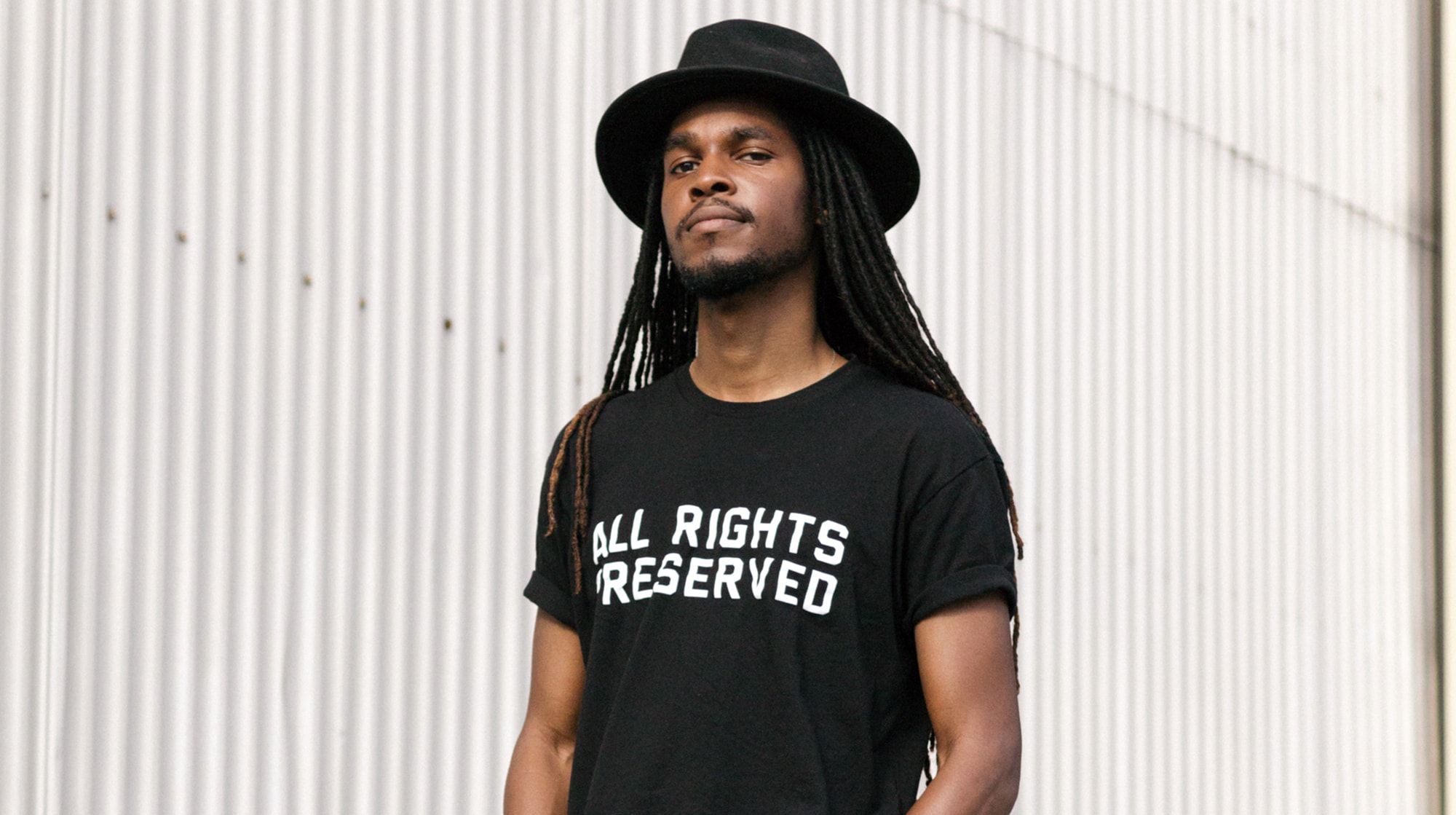
Being originally from the Caribbean, a creative career wasn’t necessarily a recognized pathway to success for me. Seeing that there are just pockets of Caribbean creatives working in the U.S., can you tell us a bit about your story and how you ventured into the design world?
Yeah, I think most Caribbean people shy away from exploring a career that isn’t immediately seen as a direct path to financial success. Those that do venture into alternative paths typically arrive there accidentally, or in my case thankfully, lol. I left Jamaica to complete high school here in the US at a prestigious international boarding school (UWC-USA) and had definitely started strongly on the academic route, because that’s just what I knew to be the prescribed path to success. Although I embraced that level of academia, I could not see myself being satisfied with what the potential sacrifices for the paycheck looked like. I had to make decisions based on that feeling.
I came across a catalog for SCAD as a senior and fell in love initially with ‘Advertising Design’. It seemed to be the perfect blend of what I thought I could be good at, with what I knew I was good at – which was making things look nice, and coming up with well thought out solutions to problems. Today I can identify that as a fantastic recipe for being a designer; at the time I was terrified because this was the deepest of uncharted waters for me. I just knew the catalog was dope and I would rather be doing whatever was in that catalog than being a doctor or desk person or whatever else, lol. I ultimately switched focus to Broadcast Design and Motion Graphics once I began to move even further away from that traditional Caribbean mindset, and really understand the limitless possibilities of having a foundation in design and motion.
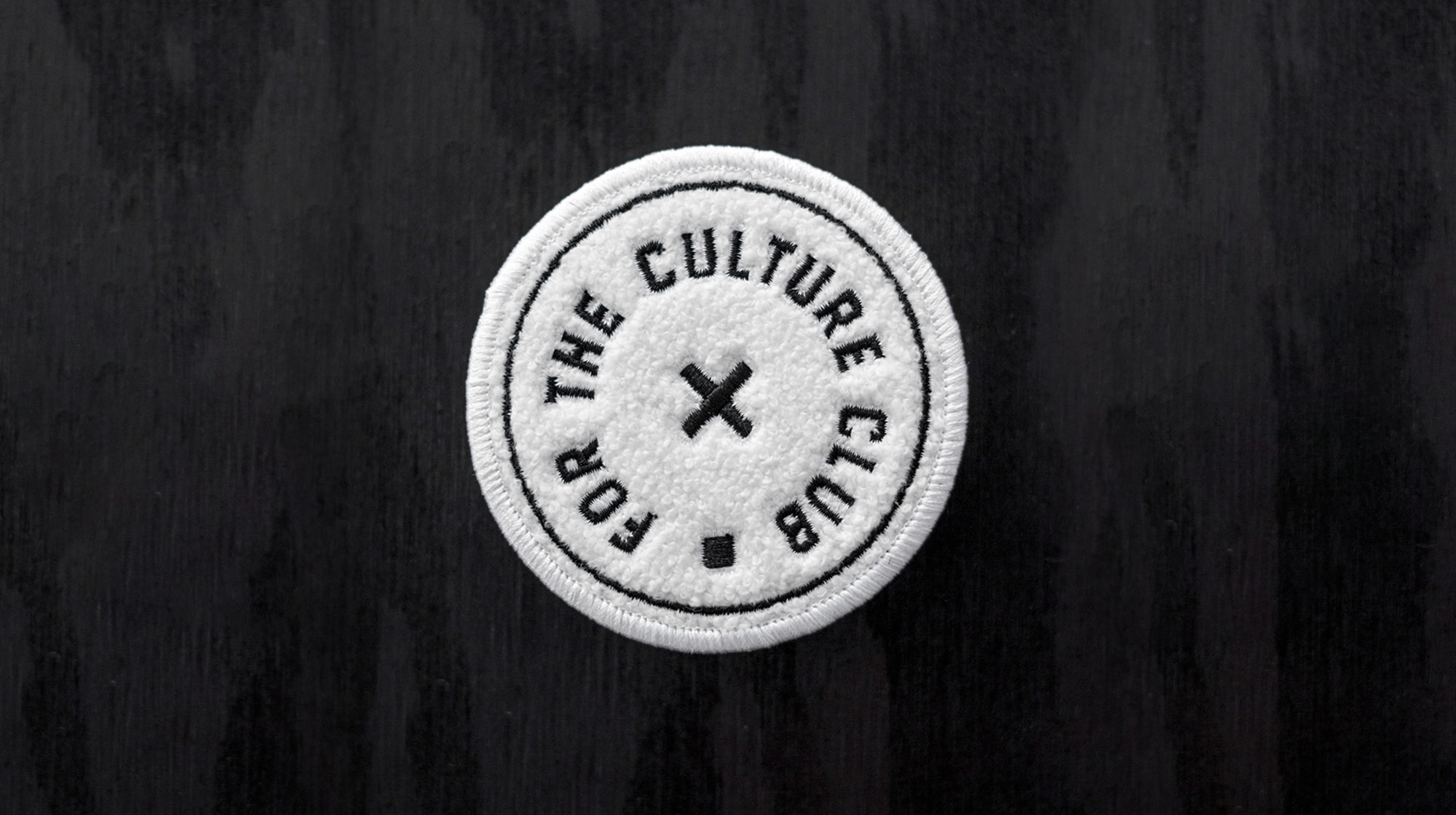
Can you tell us more about your brand ‘For the Culture Club’ and what inspired you to create it?
Absolutely! For The Culture Club is a lifestyle and apparel brand that unapologetically embraces and celebrates the narratives of people of color as its pulse. Our mission is to become a one-stop hub that authentically embodies the creative ways we push the culture forward – more specifically through content that highlights the POC experience, as well as a variety of thoughtfully designed and crafted goods.
I was a staff Art Director at a motion studio a few years ago before going freelance. Being fully immersed in a studio allows you opportunities to grow and be stretched in interesting and challenging ways; some more challenging than interesting. Often in settings like these, there are creative, cultural, and personal holes that form over time without clear ways to fill them and especially whilst looking from the inside. One such void had become a need to have control over my time, creative energy, and emotional effort – in order to achieve greater personal and social return on my investment. In my eyes that looked like creating a product with a better shelf-life and legacy than some of the typical projects I had access to. Early last year, I casually started developing the bones of For The Culture Club as a personal challenge and officially launched in November 2018.
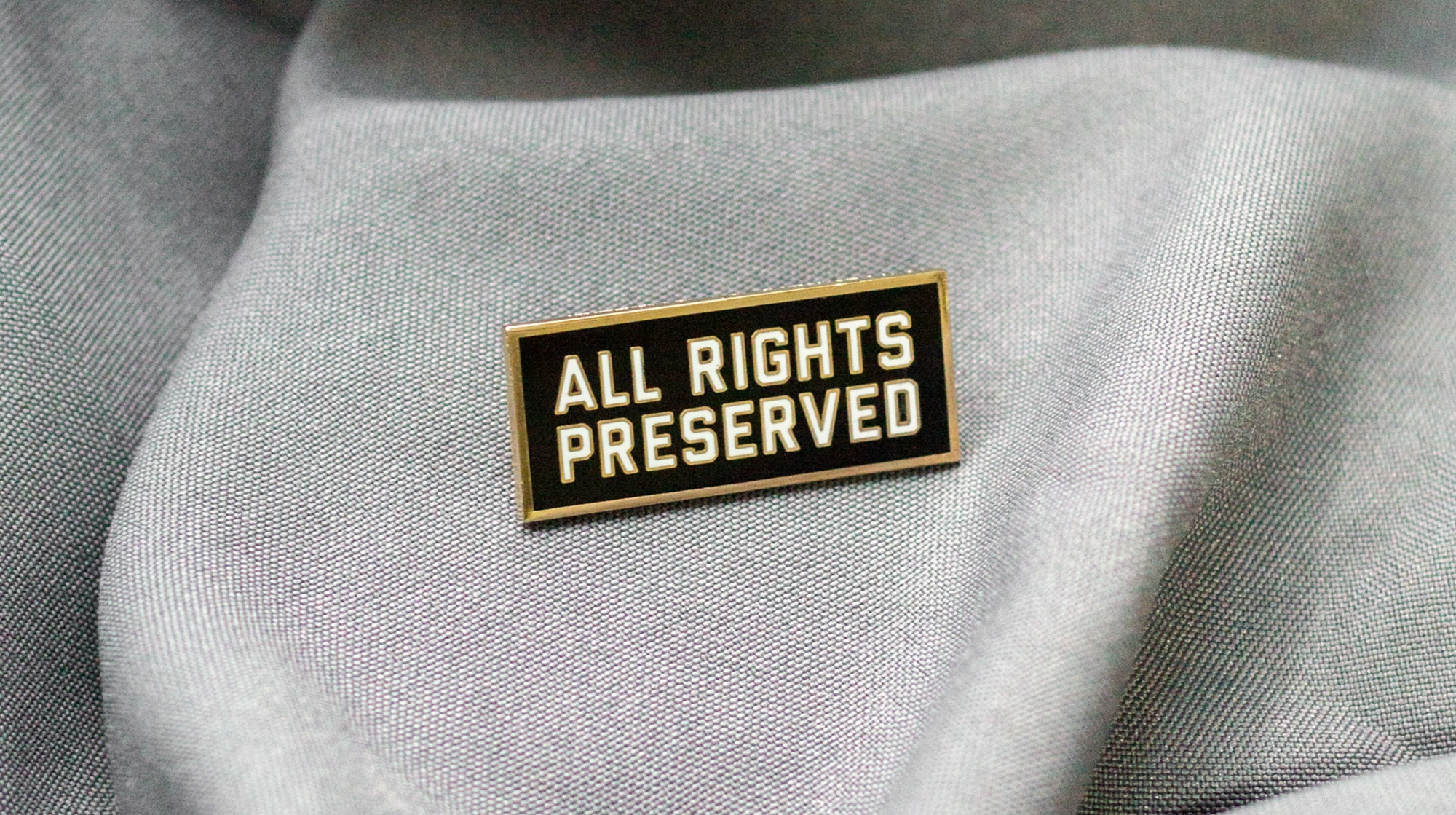
Was it a goal from the jump to involve a social commentary aspect to it?
I honestly didn’t put pen to paper saying, “okay, this thing needs to have this much emphasis on design and this much on social aspects”, but it was inevitable with it being my own platform that I would use it to feature elements I find important, which include promoting and celebrating diversity. The intent of the brand is definitely inspired by my personal experiences as a black man and designer, especially one who typically is one of, if not the only, black voices in the professional spaces I occupy daily. So because this was a venture created by me, with people that look and operate like me in mind, it naturally assumed qualities inseparable from my own narrative. Being a person of color with a background in design, and a relatively informed take on culture and society both consciously and unconsciously shaped my motive to want to develop something equally beautiful and culturally aware.

How important do you think it is for creatives, especially those of color, to find their voice and create things that matter to them personally?
Listen, it is more important than ever. There’s somewhat of a modern-day POC renaissance in effect so to speak with how many people of color are producing amazing things on international platforms. A phrase that often gets used amongst black and brown creatives in film, television, fine art, and entertainment is “Representation Matters,” and it’s increasingly more important to me as I continue to contribute to the design world within and outside of my own brand. It’s a privilege but also necessary to be able to see positive images of yourself across different platforms and subject matter. Or even to just know that an image, a voice, or a concept is intentionally considered, created, and shared to represent a version of what’s possible for you. The more people that create through an authentic POC lens, even at a commercial design and animation level, bolsters the idea to those looking on that there are indeed spaces, places, and creative arenas for people of color to exist and thrive. One simple way I keep myself accountable is that I default to using people of color in my comps or as placeholders for talent unless stated otherwise. Because, why not? It’s important to see people like myself as not only an option – but the first option. Motion design and commercial content are incredible vehicles to get that idea out there.
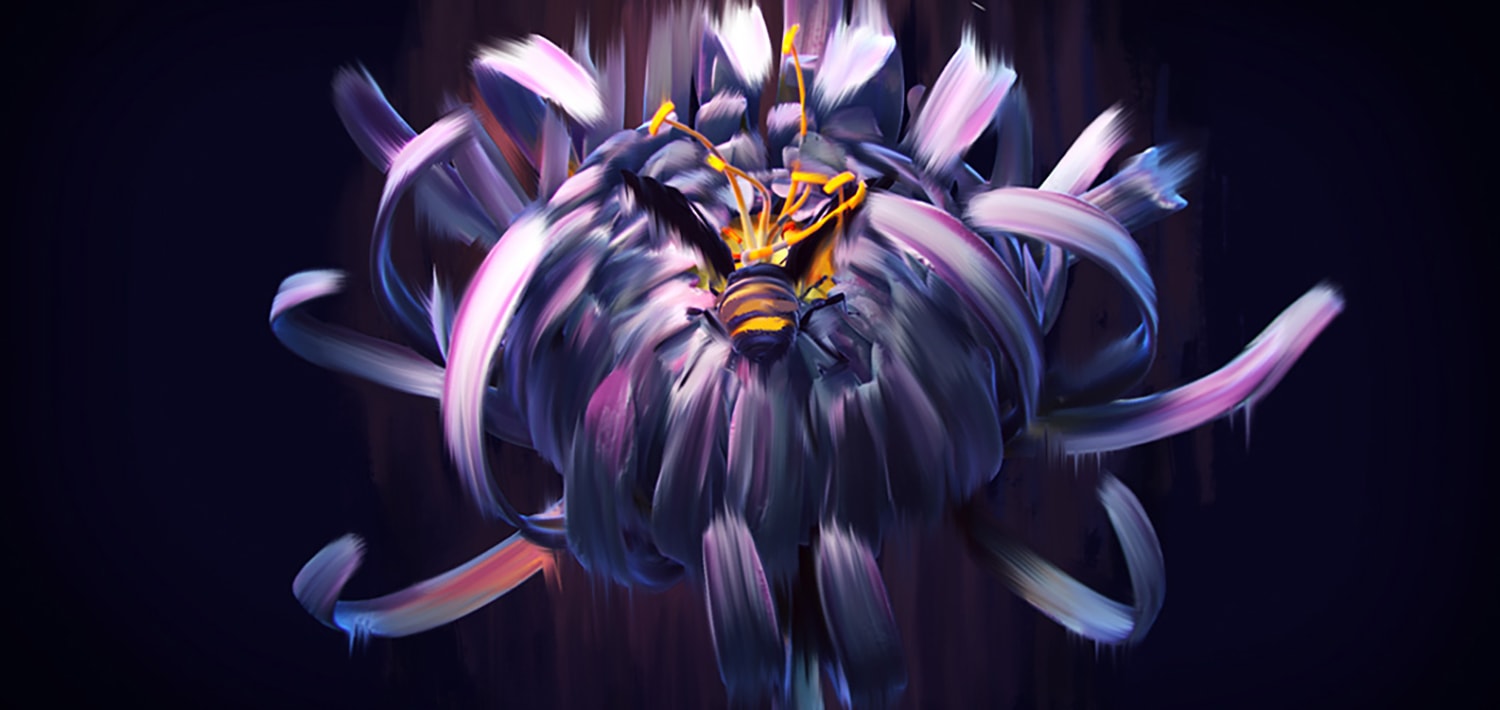
Has it been challenging balancing motion design bookings and creating a personal brand?
As things pick up with the brand and I get pulled in different directions it naturally will become more difficult to share all of Lyle. I have a good grasp and somewhat of a formula that I’ve created for myself to ensure that I’m keeping abreast of potential bookings as well as hitting goals and working towards milestones for the brand. It’s a relatively good problem to have and I’m grateful.
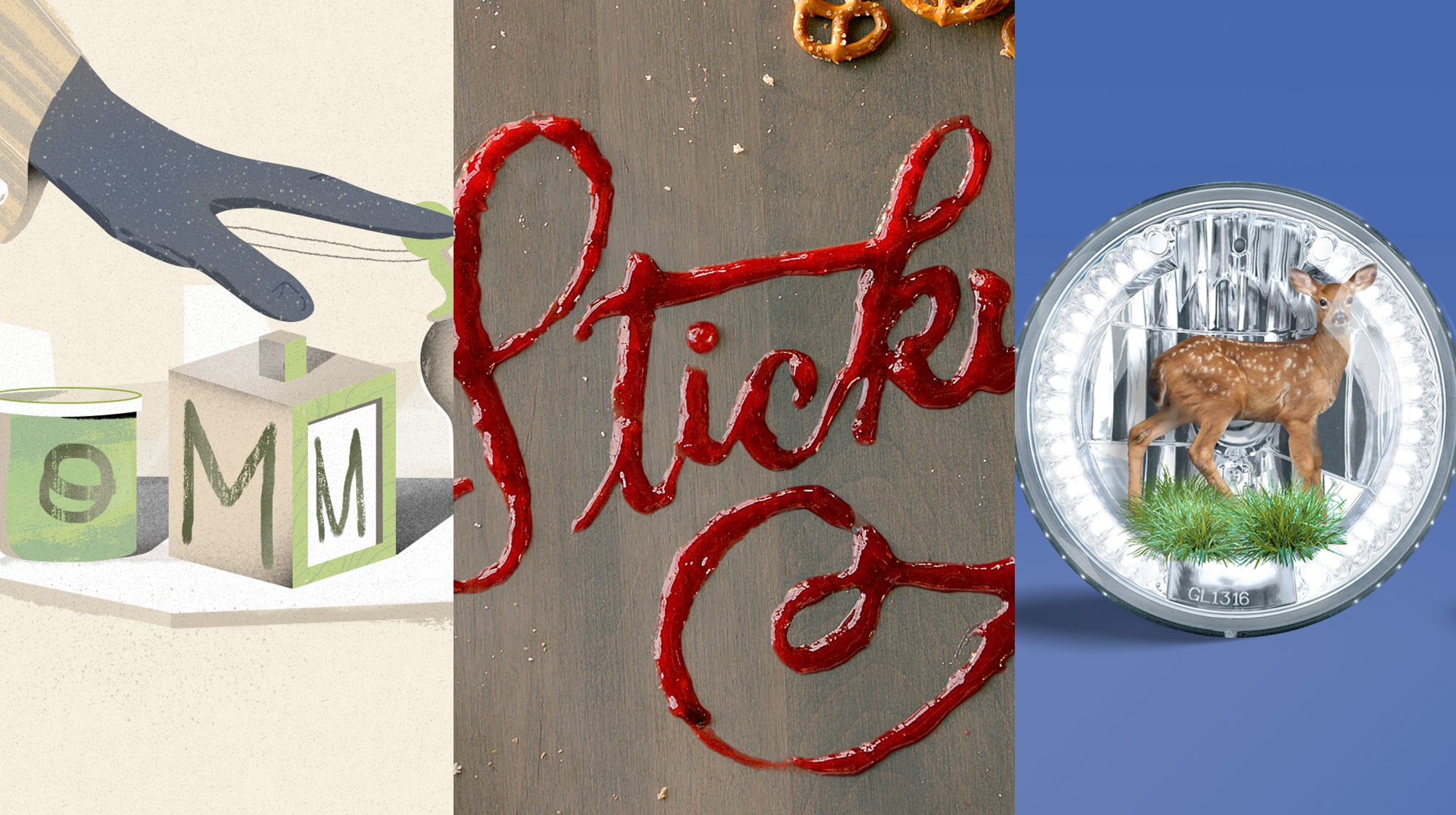
How has your background as an Art Director and Motion Designer influenced the creation of the brand? Do you see yourself drawing from past experiences in the design world?
Definitely. So, having spent the last several years working in the motion design industry in LA I’ve been fortunate to wear many hats in different capacities and roles as a creative. From designer in all its different forms, type nerd, photographer, animator, editor, art director, curator, reference puller, copywriter to creating and navigating pitches, deciphering client needs, leading multiple jobs and teams at once, constant problem-solving, and carefully finding ways to deliver a thoughtful opinion. I felt like I had all these various tools that I had been sharpening along the way but without a concrete portfolio that truly reflected how all those things worked together as my total package. For The Culture Club is the culmination of all those things and it has allowed me to flex all those muscles as the founder and creative director of the brand, as well as develop new ones that come with being a first-time entrepreneur.
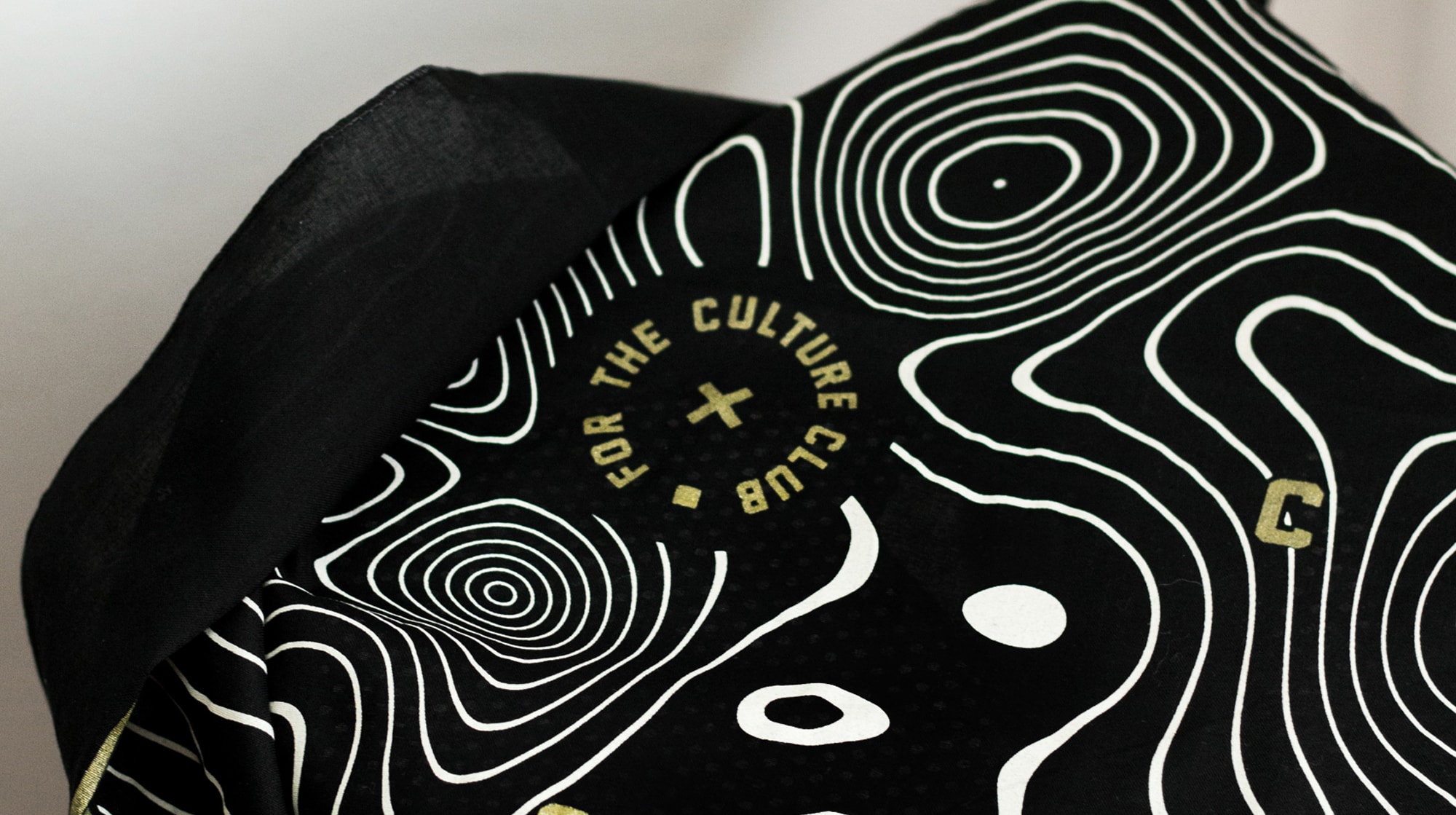
Where do you see yourself taking the brand in the future?
I would love to see the brand explode and go as far as I can responsibly take it while being at the helm – without sacrificing quality or integrity. I would say Nike status if I had to give it a benchmark. I also see the possibility of expanding in ways that I can’t yet visualize, and that is very exciting! It would be really alarming if I thought I had all the answers to where the brand will be in the future at such an early stage. I haven’t placed limitations on it and I believe its potential to be special and far-reaching in whatever form it evolves into. At the core I want it to be of value to anyone who interacts with it but especially to one who appreciates design, thinks globally, and wants to be part a movement that supports people of color.
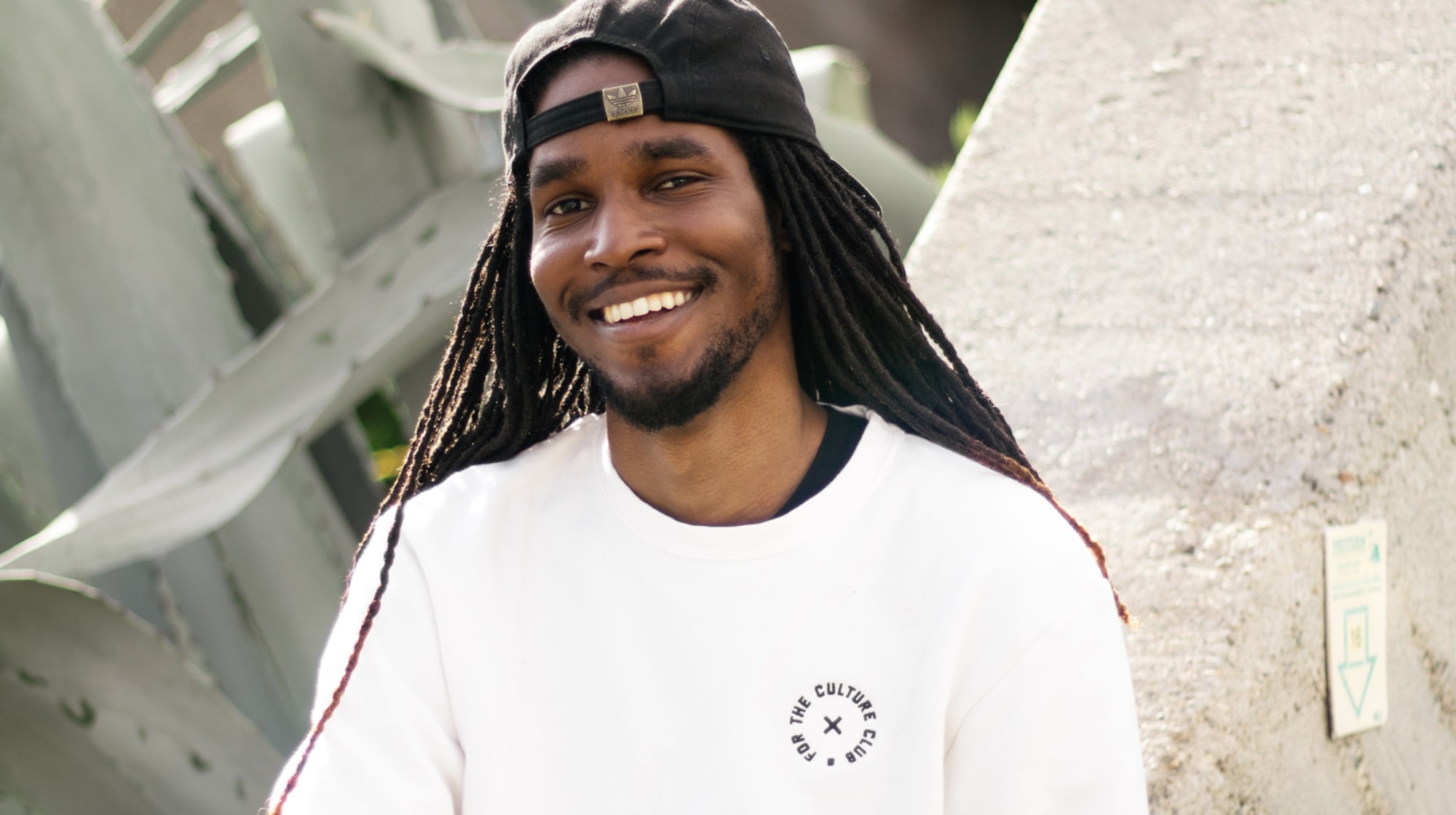
When I came to school in the U.S., I’ve always had a sink or swim mentality to my work and career. Failure could mean going back to Tobago where opportunities were far fewer. Do you think being from the Caribbean gives you a nuanced perspective or drive to succeed?
While I love Jamaica and being Jamaican, returning at this point in my career and life would feel like I’m not maximizing on some of the opportunities I have here in the US. I’m of better use operating in an environment that is better equipped to help me grow. In actuality though, I would say that just being black, in general, is the nuanced experience that forces me to want to succeed – and being Jamaican is my individual flavor that spices up my specific journey. Black and brown people historically have not been allowed to be comfortable with mediocrity or failure as an option because there is less of a safety net and far more at stake when something ‘doesn’t work out’.

What advice would you give to younger artists wanting to tread in your path?
S**t, I’m still figuring it out for myself, lol! I think at every stage in my career I’ve rested on the idea that “it’s not only the what, but the how and the why.” I think when the specifics of ‘the what’ start to outweigh the intention of ‘the how’ and the logic of ‘the why’, then that balance desperately needs to be adjusted whether personally or professionally, especially as a creative. I tend to be a very calculated person but I think you have to learn to take some risks in order to create opportunities for yourself; ones that won’t necessarily be created for you if you wait. No better example out there currently than our very own Kris Merc with all that he’s doing with his storytelling. It’s so important to be a chameleon and to learn how to adapt and traverse any playing field without jeopardizing the integrity of the things that add authenticity to you and your voice (especially as a person of color). And in general, just be a pleasant person. It goes an unspeakably long way.
Jordan, I want to thank you for taking the time to tell us about yourself and your journey. Seeing a person of color and a fellow islander succeed at such a high level in such a niche field is both motivating and inspiring. You’re absolutely right when you say representation matters. Just seeing you, what you’ve done and where you came from can make success in design, which may sometimes feels unattainable to a young person of color, feel possible. It’s important to help bridge that gap. I think what’s also important is that you’ve found your voice and chose to develop it into something tangible that can both be shared and help uplift others, which is an aspect of design that’s not often found when working in the commercial industry.




